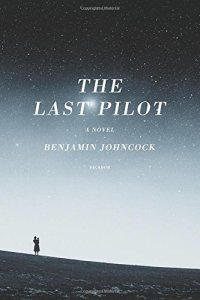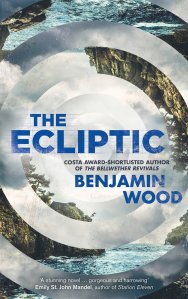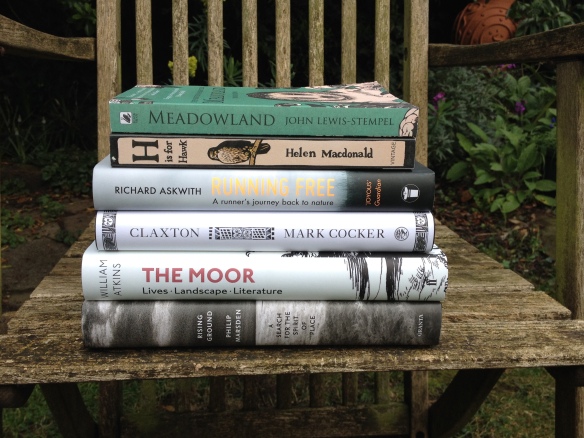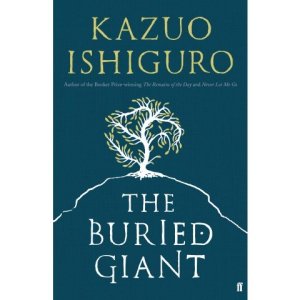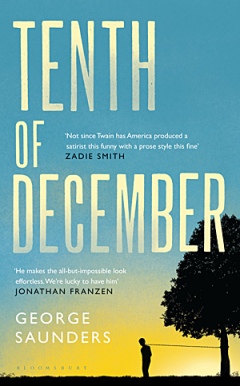In aid of Buy Books for Syria I am republishing some thoughts on Hilary Mantel’s Cromwell novels. This was one of my earliest posts on Words of Mercury and I have resisted the urge to edit the piece. Despite its distinct senses in my piece and in general use, it has not escaped me that ‘moralist’ when used in connection with Hilary Mantel might have other connotations. This piece was written before all of that.
If you would like to support Buy Books for Syria by purchasing Wolf Hall click here.
In Hilary Mantel’s Cromwell novels we follow the rise to power of Henry VIII’s minister and facilitator as he navigates and terrorises the Royal Court of the 1530s. In Wolf Hall Cromwell emerges from the shadow of the doomed Cardinal Wolsey and helps resolve Henry’s Great matter in favour of the seductive Anne Boleyn. In Bring Up the Bodies his star continues to rise as Boleyn’s sets in favour of the seemingly unremarkable Jane Seymour. Cromwell enables and disables Henry in not-quite-equal measure; his very service and facilitation of Henry’s desires ensures their insatiable and changeable nature. The better Cromwell appears to satisfy Henry’s wants – and, of course, it is often only an appearance – the more he is held to such success in the future. The more he is hostage to caprice. Mantel’s next novel will show where this must lead.
Anthony Beevor has recently professed a dislike for historical fiction, arguing that it blurs the boundaries between history and fiction. As Mantel writes in her Authors Note in Bring Up The Bodies, however, she offers only an interpretation of the people and events of that turbulent time. This, of course, is the strength of historical fiction and allows Mantel to explore certain questions of human nature and motivation within that context without being assessed for historical rigour, although she displays plenty of that. The intimacy she achieves amidst events so often the subject matter of the epic is symptomatic of the best historical fiction and cannot be criticised for that. Characters recognisable as human, and in the most human situation of marriage, birth, death, play out their lives on the most public of stages. And it is when the private explodes into public view – as for Royals it must – that she is at her best.
In ‘Jane Austen and the Moralists’ the philosopher Gilbert Ryle argues that Austen was a writer interested in theoretical problems about human nature and conduct; whether, for example, ‘deep feeling is compatible with being reasonable’ (Sense and Sensibility), or ‘What makes it sometimes legitimate or even obligatory for one person deliberately to try to modify the course of another person’s life, while sometimes such attempts are wrong?’ (Emma) To an extent Mantel marries such opposing traits in her central characters. Anne Boleyn is a mixture of cold reason and hot passion, each intensifying the other in an overreaching rage of resentment and calculation. Whichever is the driving force at any one moment can be no guide as to the next. In contrast, Jane Seymour is everything Boleyn is not: inexpressive, seemingly uncalculating, virginal, and, of course, fecund, or so it is hoped. Cromwell himself seems to embody repressed passion, presenting only a blank mechanical exterior to the world, whilst harbouring a hidden violence.
It would be neat if one could sum up Mantel’s Cromwell novels in terms of an exploration of such dualities as the conflict between personal feeling and duty, or between action and reaction, but her work is more complex than that, and all the better for it. Her moral psychology is complex and avowedly not the bi-polar arrangement of good and bad that Ryle terms ‘Calvinist’. In contrast, he writes, ‘A person is not black or white, but iridescent with all the colours of the rainbow; and he is not a flat plane, but a highly irregular solid.’ And yet this ‘Aristotelian’ moral psychology cannot apply wholeheartedly to anyone in Mantel’s work other than Cromwell, for in an entirely deliberate fashion she leaves the thoughts and actions of others opaque: we, and Cromwell, can conjecture, even be fairly certain, as to the motivations and character of others, but it is only conjecture born of experience and acquaintance with humanity. Even Cromwell’s knowledge of Henry’s moods and how best to handle him is born of trial and error, garnered from the advice of Wolsey, and his ability to project himself into the minds of others.
Mantel’s writing mirrors the psychology of her protagonist. As Cromwell is thoughtful and patient so is Mantel’s prose. Yet there are flashes of depth and introspection in both, which are all the more striking for the measured action and narration surrounding them. Cromwell’s reflection on the lowliness and instability of his origins – detailed in Wolf Hall – enables him to navigate more deftly a world built on the order, birth, and power from which he was initially excluded and alien. His very ascent to power empowers him in a way that the aristocracy cannot understand. It is telling that eventual doom should be heralded by admission to the ranks of a class he has so terrorised. And yet, even Cromwell’s motives and convictions are unclear much of the time. Of course, his driving passion seems to be vengeance for the hounding and death of Cardinal Wolsey, but even this underdetermines the quiet ferocity of his actions which contrast so strongly with the kindness of his behaviour to others. Indeed, it is his very slipperiness of identity that so alienates Cromwell from others who rule. They are as duplicitous as he is, but he does not even have the virtue of their breeding.
At the heart of these novels is a vagueness of motivation, an instability of character, which moves Mantel’s work beyond Ryle’s Aristotelian moral psychology toward a more characteristically modern, perhaps more humanistic, understanding of motivation and duty. This vagueness goes hand in hand, of course, with the indeterminate nature of historical interpretation: ‘truth’ is a term anathema to historians these days. There is both a moral and a motivational vagueness in Cromwell. He seems likeable from inside, a man who cares about family, duty, and service: in the context of the 16th Century he seems a near paragon. And yet even we can’t be sure what he really thinks, and certainly those around him can never be sure. It is those who watch him most keenly who seem to understand him best, those who trust to his word are both few and far between and likely deceived. We certainly can’t acquit Cromwell for Anne’s death; a death that Mantel is careful to leave far from justifiable on the grounds that Cromwell believes her guilty. Her wrongdoing is never laid bare and nor is that of her courtiers. Is Cromwell simply facilitating Henry, advancing the interests of the nation, or cleaving to old loyalties? This impenetrability is characteristic of Mantel’s characters reflects one of the (few) aspects of moral psychology that Immanuel Kant and David Hume held in common: we can never be really sure why we do act in as we do, especially in ethical matters. Duty, self-interest, both, neither, one masquerading as the other? Cromwell is often questioned about his motives. His outward certainty belies his humanity.
Once again, if you would like to support Buy Books For Syria, please consider purchasing Wolf Hall or any of the other participating titles.



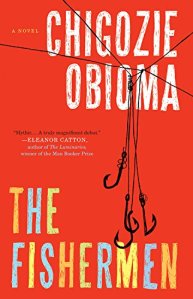 We were fishermen:
We were fishermen: